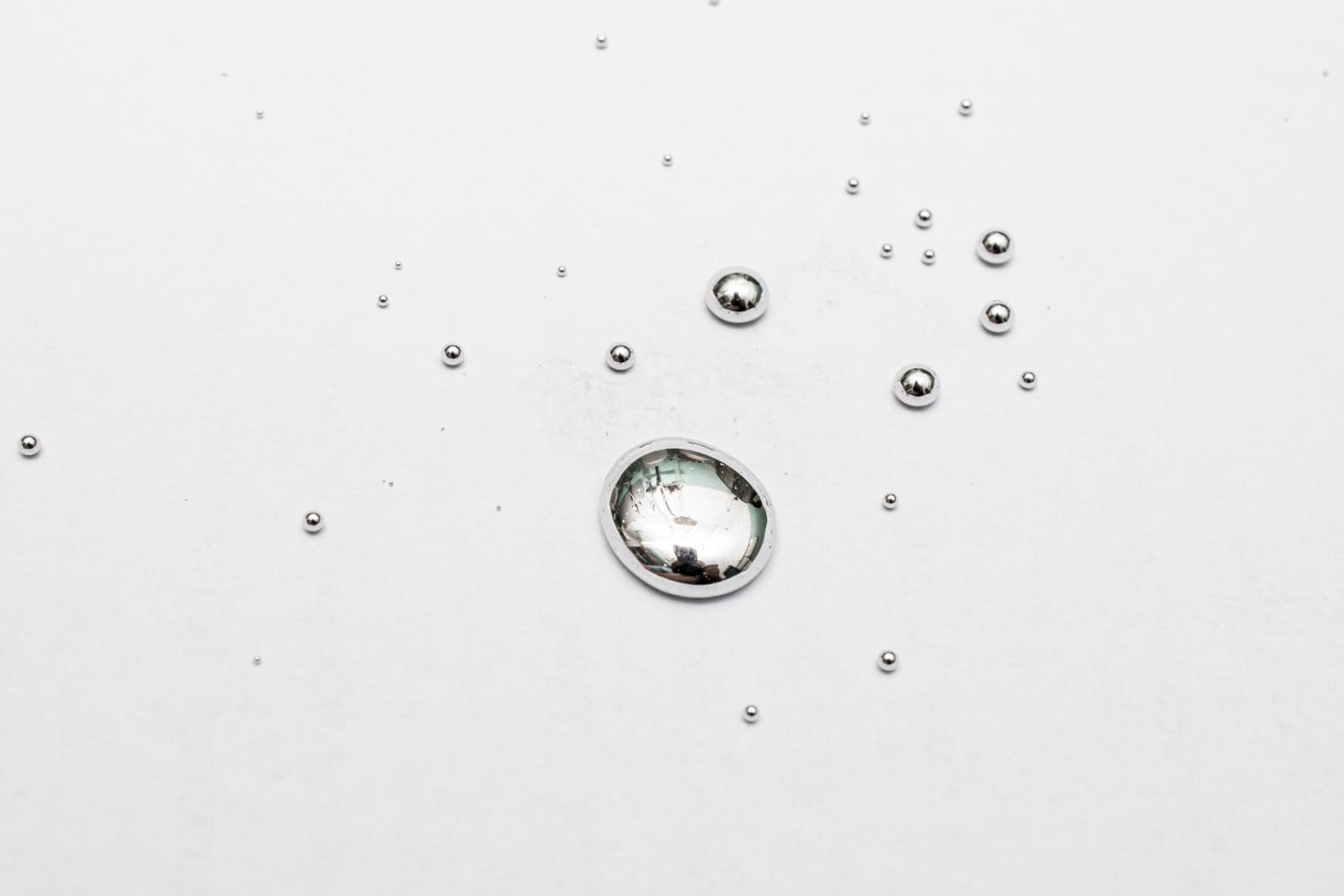The whole world is up in arms about what we’re eating—for good reason. More and more we’re learning that the companies who make our food are either passively or actively allowing toxins to get into our bodies through our stomachs. Fish has been a hot topic in recent media with more coverage and studies being done about the chemicals present in the seafood we eat.
We’re learning more about the risks and long-term effects of exposure to certain chemicals that are present in all kinds of products we use, from soap to food, and there are many more that we don’t know the effects of. Let’s examine the most recent studies from the Food and Drug Administration and other governing bodies about the different types of chemicals present in our food, water, and self-care resources and the effects these can have on our bodies.
There are two main groups of chemicals found in seafood that are notable for human health. The first group is methylmercury and the second group is the wider “PFAS” (per- and poly-fluoroalkyl substances) category, also known as “forever chemicals.” The effects of methylmercury are well-studied and we have a reasonably good idea of how much is too much. However, PFAS are a relatively new subject of study and we only have literature about two of the many types of substances in this grouping. This article will cover methylmercury and PFAS using the most recent studies as of June 2024.
What Is Methylmercury?

Methylmercury is a type of organic mercury found in most living things. It exists everywhere; in our water, in our bodies, and in our food. However, simply because it is a naturally occurring compound does not mean that exposure to additional sources of methylmercury is harmless. While our bodies naturally contain some level of methylmercury, additional exposure can increase the amount present in our bodies past the level that is generally acceptable and cause harm to our internal organs and body systems.
You should try not to confuse methylmercury with elemental mercury, a type of metal. Both are naturally occurring substances. However, they are different. When inorganic mercury enters the environment, it stays there for a long time. Over time, it undergoes a chemical shift that changes the compound from an inorganic mercury to an organic one, like methylmercury. Still, methylmercury is highly toxic and exposure has risks similar to that of elemental mercury.
Methylmercury vs. Elemental Mercury
Elemental mercury is a silvery liquid metal. In this form, the mercury has not reacted with another substance. When mercury reacts with another substance, it forms other compounds, such as methylmercury and, in this form, it is what is known as organic mercury. Organic mercury compounds can be found in most places, including soil, water, and air. Through these methods, the compound gets into our bodies and since our bodies cannot break it down or excrete it, it builds up in our systems until we die.
What Is Mercury Poisoning?

Mercury—whether we’re talking about elemental or methylmercury does not matter here. In this sense, they are both neurotoxins. That means that exposure to the compound can severely damage the nervous system. Symptoms of mercury poisoning include:
- Tingling in your hands and feet
- Trouble walking or moving around
- Weakness
- Loss of coordination
- Difficulty speaking or hearing
- Developmental issues in infants and children
Is It Possible to Experience Mercury Poisoning from Your Diet?
It is possible to experience mercury poisoning from your diet. However, it’s unlikely that an otherwise healthy adult will have this happen. The reason is that even though methylmercury is present in many food and water sources, the amount that’s present is very small. You would have to be eating a high concentration of high-mercury foods to consume enough to experience mercury poisoning. The issue with methylmercury is that it doesn’t break down inside your body. Unlike toxic compounds, that enter and exit the body promptly, mercury builds up in your system. So, what is a small amount of mercury today could build up to a dangerous level over time. Most adults who experience mercury poisoning get it from inhaling mercury fumes from nearby factories.
Other sources of mercury poisoning in adults include old thermometers (which contain liquid mercury), jewelry imported from other countries where the regulations are not as strict, silver fillings in your teeth (which may be up to 50% mercury), and skin lightening products.
The biggest risk of mercury poisoning via diet is to young children and fetuses. When a pregnant woman consumes mercury in her diet, it is passed to the fetus and with such a small body, it’s not difficult for the amount of mercury in the system to build up to a dangerous level. Thus, we advocate that pregnant women stay away from high-mercury food sources to ensure the health of the fetus.
What Are “Forever Chemicals”?
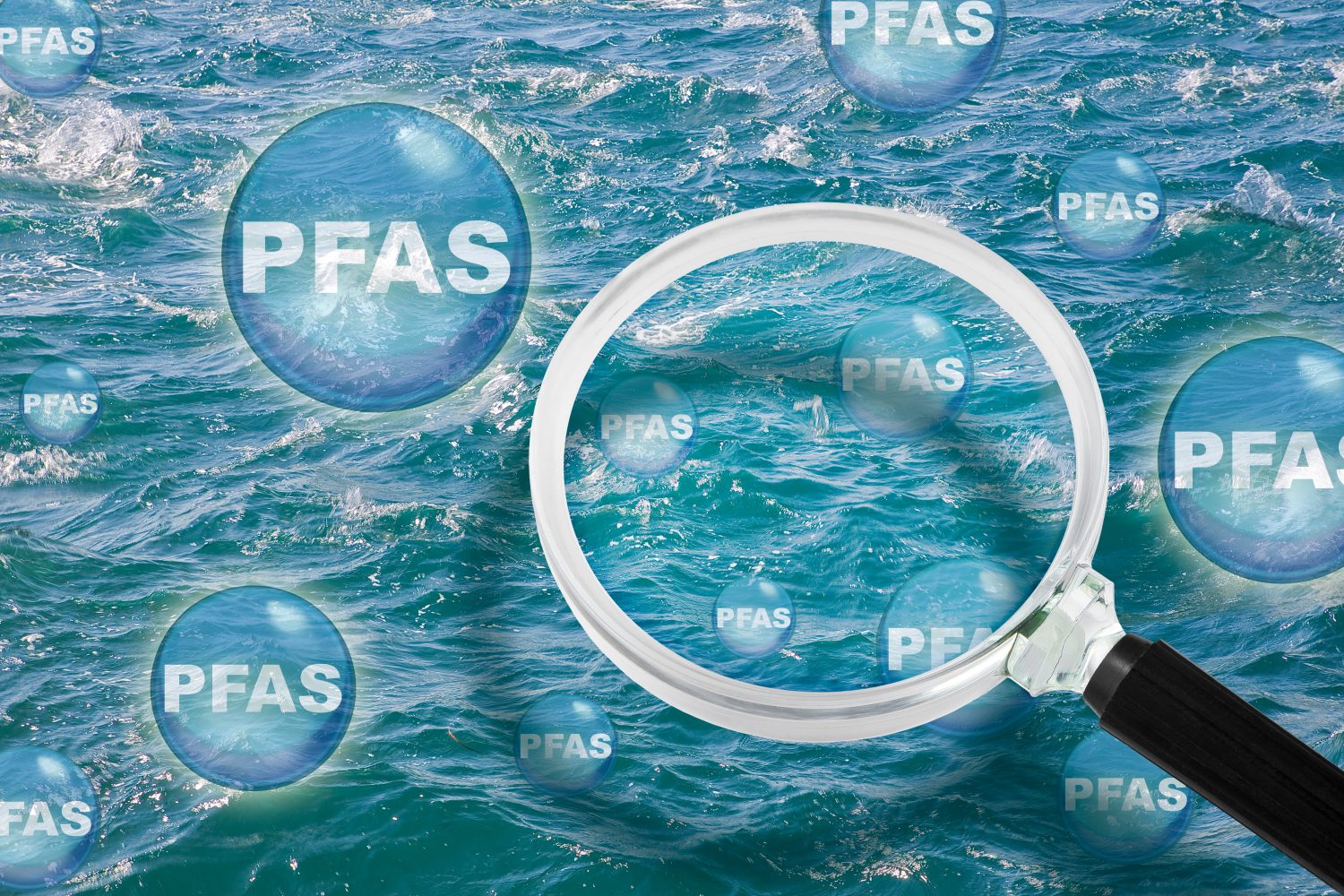
The term “forever chemicals” is a relatively new one. It refers to per- and polyfluroalkyl substances, or PFAS. Regarding scientific exploration, research into the long-term effects of PFAS on the human body is limited. We are just now coming to realize that these chemicals are everywhere and could be very dangerous, but we don’t know which ones are dangerous, how much you need to be exposed to to have effects, and what those effects are. Only one or two of the broader PFAS category have actually received in-depth research that had conclusive results and it’s important to note that the studies conducted are still quite limited and the pool of them is rather shallow. It would be unwise to make sweeping conclusions based on them.
However, within the literature we have available on PFAS. We know that a number of them have been shown to influence the following:
- Increases in cholesterol levels
- Changes in liver enzymes
- Small decreases in birth weights
- Lower antibody responses to vaccines
- Pregnancy-induced hypertension and preeclampsia
- Kidney and testicular cancer
Which PFAS Have Been Studied In-Depth?

Perfluorooctanoic acid (PFOA) is a type of PFAS that has received more attention and study than others. It is associated with developmental delays in young children, changes to liver function, reduced immune responses and increases in certain types of cancer.
How Are We Exposed to PFAS?
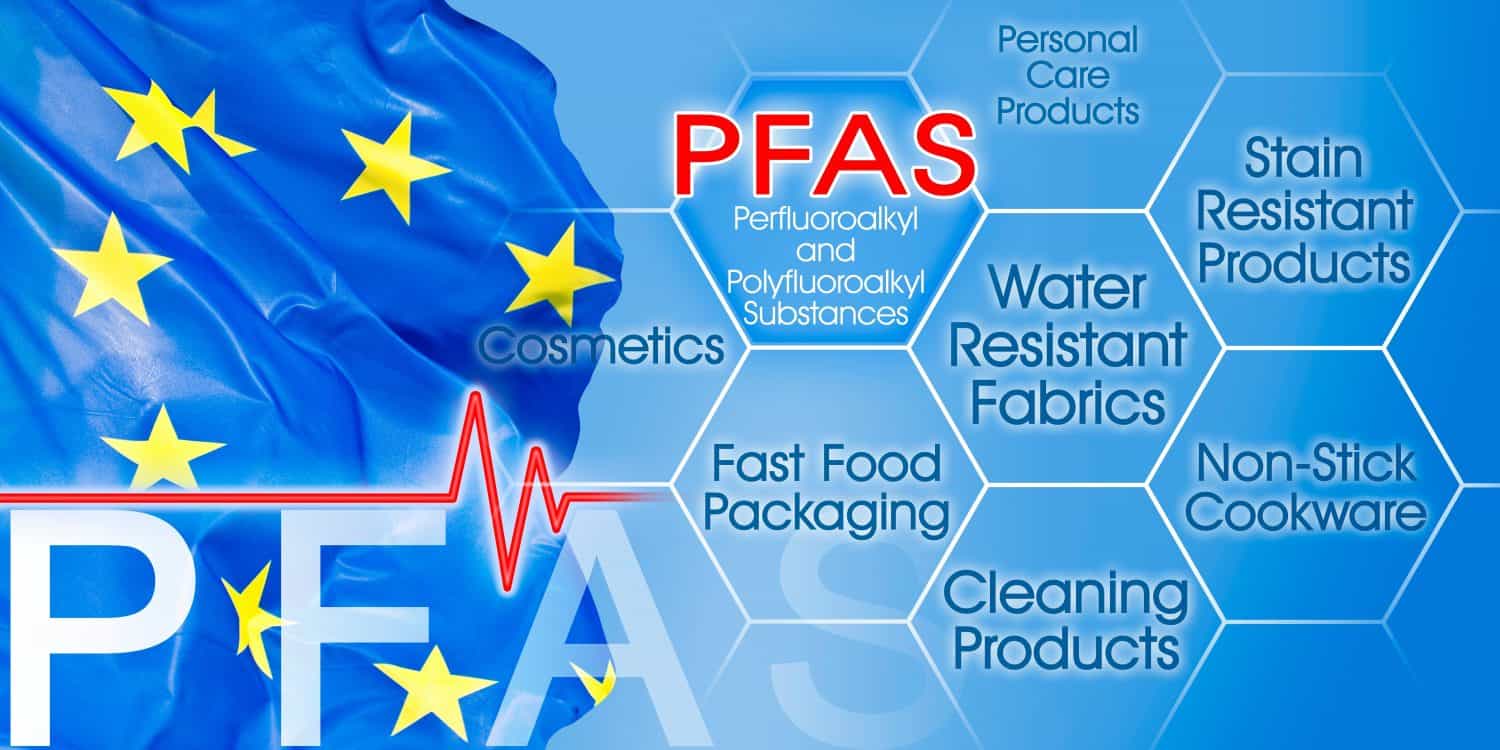
PFAS are everywhere, unfortunately. They’re present in our drinking water, in soil—especially near manufacturing plants—in household products, fast food wrappers, fire extinguishers, and food, just to name a few places you might be exposed to them. Like with methylmercury, the problem we see with PFAS is that our bodies don’t excrete them the way they would with other compounds. They build up in our systems over time, and the more often we’re exposed to them, the more likely we are to reach a point where our exposure becomes critical to our overall health.
You can even be exposed to some PFAS through breathing air that has been polluted with them. However, we’re not overly sure how this method of exposure affects the body like we are with ingestion. Additionally, there are hundreds of chemicals in the PFAS category. We’re also not sure which ones are dangerous and, of those, how dangerous they are. Long-term effects have yet to be studied, in part because of a previous lack of interest, but also because the people who would have been most affected by them are just now reaching an age where those effects start to come into play.
PFAS exposure is not a “one and done” deal. It’s not like eating rat poison, where you ingest a single, huge amount of a toxin and die from it. You have to be exposed over a long period to reach the levels where they start to show meaningful effects on your health. Thus, a lot of people who were exposed to PFAS may never show symptoms at all or their symptoms will be attributed to a different illness, making it harder to identify who is affected.
Are PFAS More Dangerous Than Mercury?
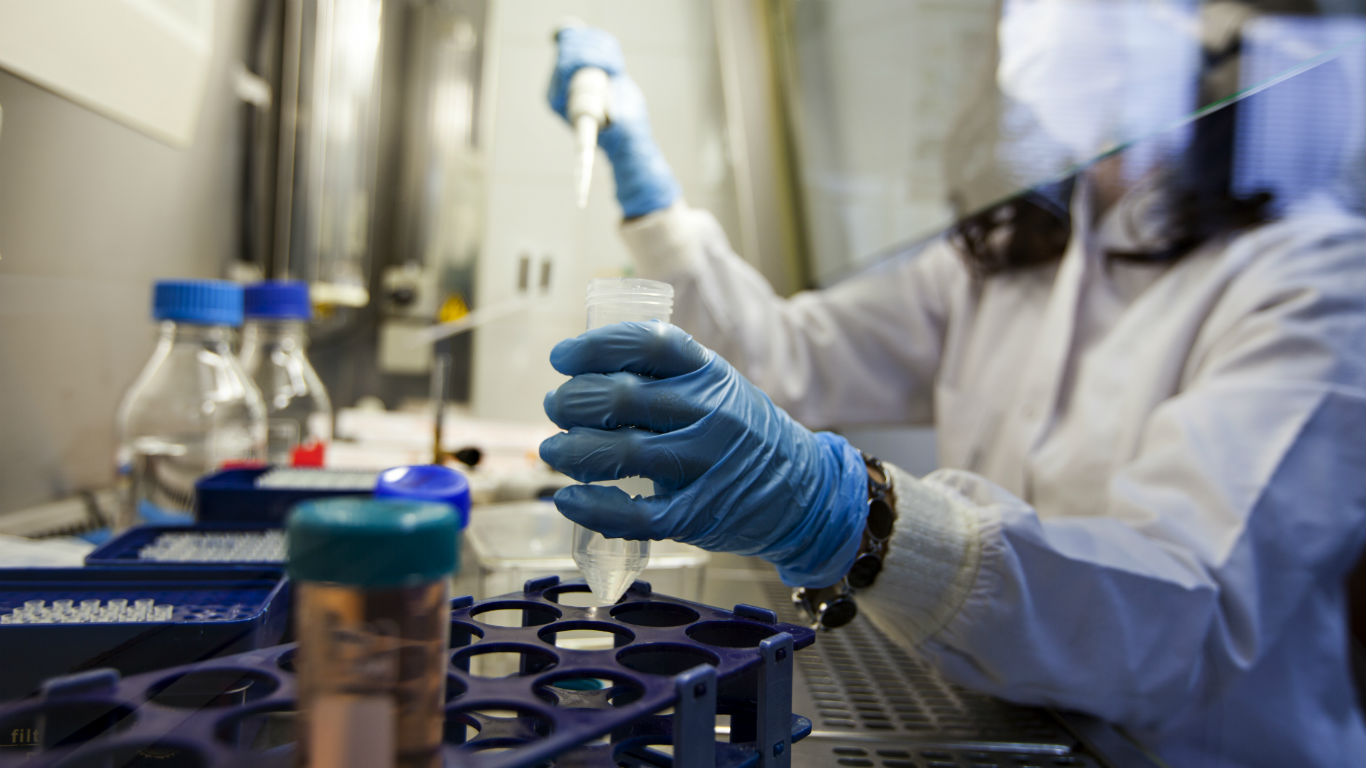
The issue with PFAS isn’t whether they’re more dangerous than mercury. More or less dangerous is subjective. The issue with PFAS is that we don’t know what they do to your body and they’re extremely prevalent in our environment. When something is both highly prevalent and also relatively unknown, negative effects from it are harder to measure. After all, if someone presents with liver failure, it could be PFAS, but they might also drink too much alcohol. It could be both, but without more literature to understand the inner workings of PFAS on the body and how toxicity distinguishes itself from other ailments, we can’t make the determination.
Therein lies the ultimate catch-22, to distinguish those ailments from each other people have to get sick first. They have to both get sick and also have their ailment studied, which requires us to know that they’re sick because of PFAS exposure.
Are Fish High in Toxins?

Fish have been shown to contain higher concentrations of both PFAS and methylmercury than other types of meat. This does not mean that fish are unhealthy. Fish meat is an excellent source of omega-3 fatty acids. These are a hugely important compound for maintaining your heart health. They’re also rich in protein and low in saturated fats. These factors make fish an incredibly health source of vitamins, minerals, and necessary biocompounds. However, due to the high concentration of toxins found in fish meat, doctors recommend that you limit your fish consumption to avoid over-consuming toxic compounds such as methylmercury and PFAS. How much fish you can consume varies based on the fish in question.
Freshwater, wild-caught fish is typically higher in PFAS than ocean-caught. However, ocean-caught fish contain both PFAS and methylmercury as well. The concentrations of PFAS depend strongly on where the fish is caught. Certain areas, both ocean and freshwater, are associated with high levels of PFAS, such as areas near manufacturing plants.
Fish may also contain other toxins depending on what kind of fish you’re eating. However, this factor does not differentiate fish from any other type of meat, which can contain toxins or have harmful effects as well.
How Do PFAS Get Into the Environment?

PFAS end up in the environment through waste products being dumped into the waters or wilderness. They can come from toxic waste from production facilities or through contaminated trash being dumped into the ocean or in landfills. Once these chemicals are introduced to the environment, they don’t break down or disappear. They build up in the environment like they do in our bodies. Then, when animals drink water or eat plants that have been contaminated with PFAS, they enter the animals’ bodies and build up there, too. These wild animals may then be caught and killed for food, and when consumed the PFAS buildup in their bodies enters ours.
What Is Being Done to Combat Potentially Harmful PFAS Exposure?

PFAS exposure is hard to track and understand due to the myriad of factors that go into studying it accurately. However, the Environmental Protection Agency and other governing bodies regarding the safety of U.S. citizens from toxic chemicals in our environment have put forth guidelines to ensure that drinking water in the U.S. is safe from PFAS. They’ve outlined the measures that water companies need to take and regulations their output needs to meet before the water can be pushed to consumers.
Additional studies on PFAS are being conducted by teams of scientists worldwide. Food and medicine products from around the world are being chemically investigated. This will help us determine which companies need to implement regulations regarding exposure to PFAS.
Medical teams are also investigating the long-term effects of PFAS exposure to better understand the underlying mechanics surrounding toxicity. These investigations will help us understand which PFAS are harmful to our health, in what ways, and how to distinguish PFAS toxicity from other illnesses that present with the same symptoms.
How Can I Lower My Exposure to PFAS?

At the moment, it’s probably impossible to cut out your exposure to PFAS altogether. These chemicals are present in a wide variety of products. Since removing the chemicals from all products would harm the chemical structural integrity of some of them, we need to develop alternatives before we can get rid of them entirely. Additionally, we don’t know that all PFAS are harmful to our health. The PFAS category represents a wide variety of chemicals used in a massive array of products and items. It’s not unreasonable to think that some of them might not have harmful effects. There’s such a wide variance in chemicals under the overall umbrella.
Limiting your exposure to PFAS requires two things: dedicated research and a willingness to use alternative chemicals. Simply put, if the PFAS are removed, you need to ask yourself what the company is using to replace it and whether those chemicals are safe as well. Often when an older chemical substance becomes known as unsuitable for human use, a new chemical is engineered to replace it and the whole process starts anew.
High-Mercury Contamination: Shark

Great White Shark, photographed from the safety of a cage in South Africa
Of the types of seafood meats we’ve tested, the highest concentration of mercury we’ve found in nature is in shark meat. Shark meat had an average mercury concentration of 0.979 ppm, with some samples having concentrations as high as 4.54 ppm. Additionally, shark meat contains toxic urea—the compound found in urine—which can cause nausea, vomiting, and gastric distress when eaten. Consuming sharks regularly could be dangerous for your health. The high concentrations of mercury and urea could disrupt your organ function. If you plan to eat shark, eat a small amount and do so infrequently to ensure that the toxins in the meat do not disrupt your internal organs.
Tilefish

Tilefish has one of the highest concentrations of mercury in any fish in the sea. However, the concentration of mercury depends strongly on where the fish was caught. Tilefish caught in the Gulf of Mexico were shown to have extremely high concentrations of mercury. The average rating for these fish was 1.123 ppm with some as high as 3.73 ppm. On the other hand, tilefish caught off the Atlantic coast had an average mercury concentration of 0.144 ppm. The highest sample concentration tested was 0.533 ppm. Still, experts recommend that pregnant women and those who are more susceptible to illness hold off on eating tilefish as the concentration of mercury remains in the “high risk” category.
King Mackerel

Another fish with a high concentration of mercury is the King Mackerel. This fish’s mercury concentration is, on average, around 0.73 ppm, with some fish rating as high as 1.67 ppm.
Bigeye Tuna
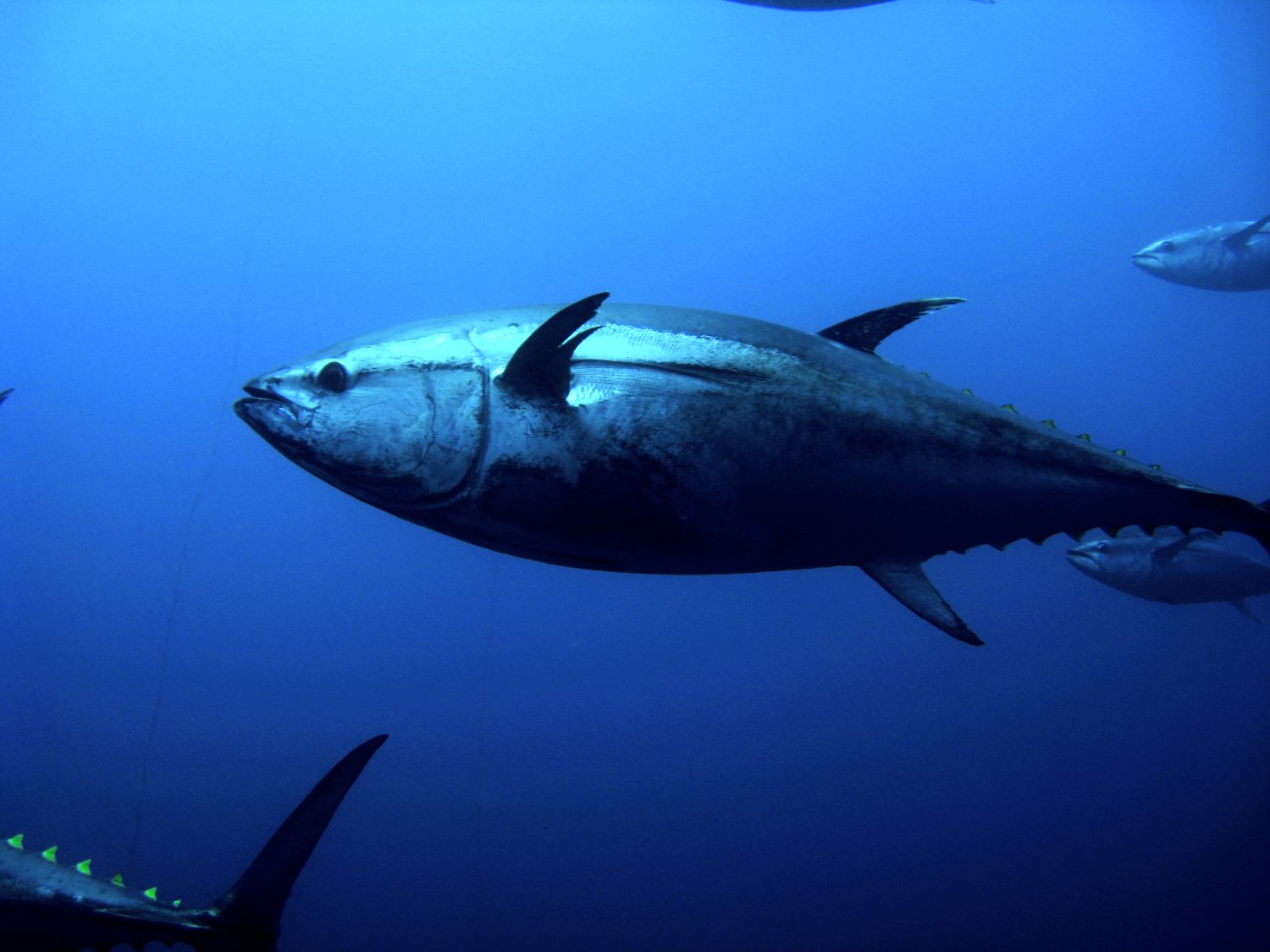
Tuna in general has high concentrations of mercury, regardless of the form you eat it in. Canned tuna, tuna fillets, and any other tuna-based products are recommended for low consumption by experts. In terms of canned tuna, they recommend no more than one can of tuna per week in total. Of the different types of tuna (yes, there are several species of tuna), the bigeye tuna had the highest concentrations of mercury, with an average of 0.689 ppm and a high of 1.816 ppm.
Other types of tuna have high amounts of mercury as well. Canned light tuna had a mercury concentration of 0.126 ppm. Skipjack tuna rated 0.144 ppm. There was no difference between fresh and frozen. Albacore tuna was quite high in mercury with 0.350 ppm in canned products. Yellowfin tuna had a slightly higher mercury concentration of 0.354 ppm. Fresh and frozen albacore tuna was even higher than that at 0.358 ppm.
Marlin

If you’re a fan of marlin, you’d be better off saving this bad boy for a special occasion. The concentration of mercury in these fish is relatively high. The average concentration of the samples found was 0.485 ppm with a high of 0.92 ppm.
Orange Roughy

The average concentration of mercury in the samples of orange roughy tested by scientists was a whopping 0.571 ppm with a high of 1.12 ppm, making it one of the highest concentrations on the market.
Chilean Sea Bass

While not as high on average as some of the other options on this list, the Chilean sea bass tested by scientists had an average mercury concentration of 0.354 ppm and a massive 2.18 ppm high.
Canned Clams

In terms of PFAS concentrations, we don’t have a lot of literature on the amount of these chemicals present in meats. The FDA did a scan of various seafood products. The only item they found that had a high enough concentration of PFAS chemicals to be considered significant by their standards was canned clams. After their study was released, the company that produced the contaminated samples recalled their products. They also claimed they were going to implement new safety measures to reduce the amount of PFAS chemicals in their items.
Shrimp

The only other major literature we have on the amount of PFAS chemicals in our seafood comes from a Darthmouth-led study done relatively recently. In this study, one of the highest concentrations of PFAS chemicals was found in shrimp. The samples the team tested had up to 1.74 nanograms of PFAS chemicals per gram of flesh.
Lobster

Another fish product that has a lot of PFAS chemicals found in the study mentioned above was lobster. The samples they tested had 3.30 nanograms per gram of flesh.
The team that did the study finding PFAS chemicals in shrimp and lobster said they intend to study more samples of commercial fish products. Their goal is to help people continue to consume the food they know and love more safely.
Chicken of the Sea Pink Salmon in Water Skinless Boneless (can)
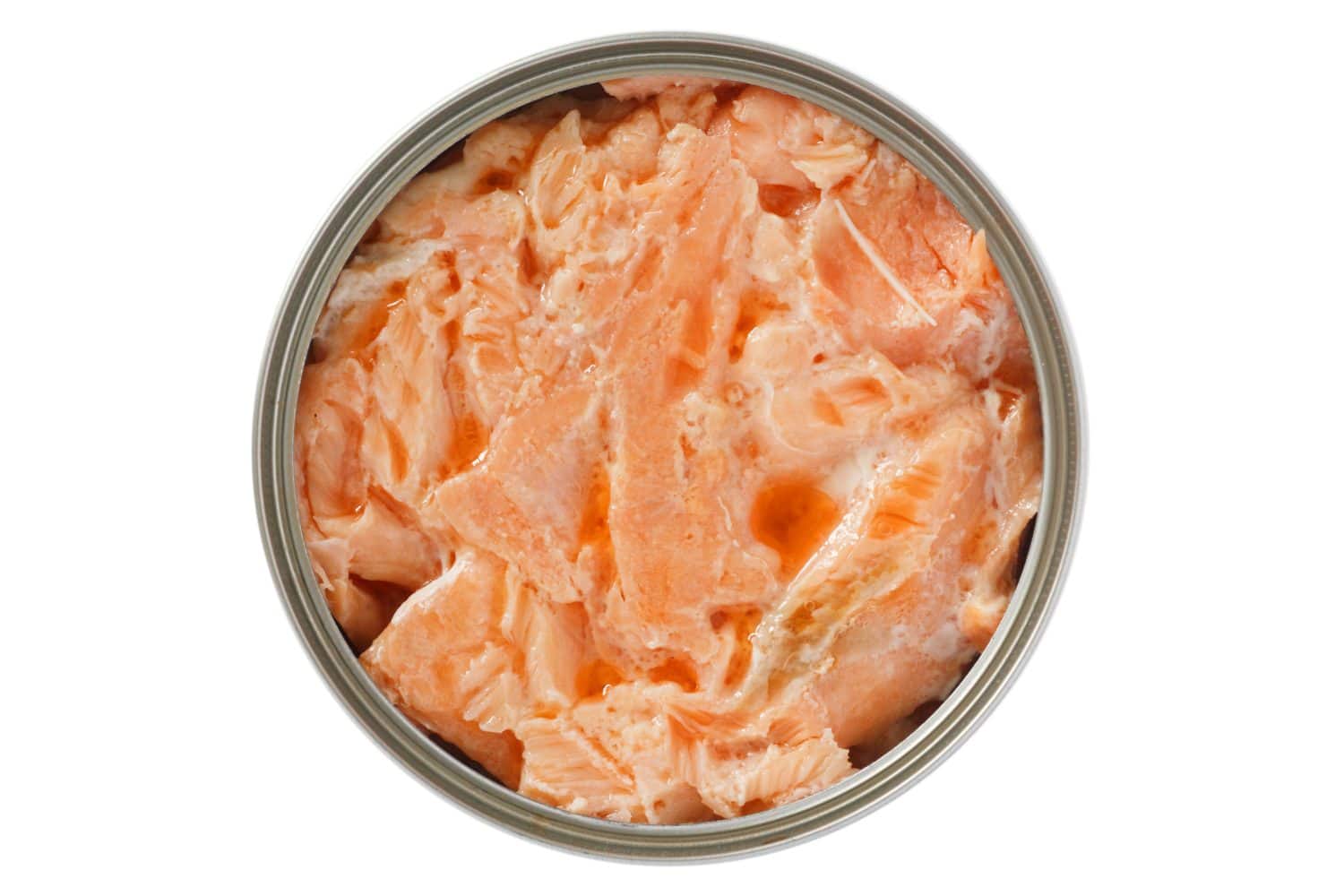
ConsumerReports did their own study about the presence of microplastics in seafood. They found that the highest concentration of microplastics was in Chicken of the Sea’s Pink Salmon in Water Skinless Boneless canned salmon. They claimed these had 24,321 nanograms per serving.
King Oscar Wild Caught Sardines in Extra Virgin Olive Oil (can)

ConsumerReports also found microplastics in King Oscar Wild Caught Sardines in Extra Virgin Olive Oil cans. They can have up to 7,792 nanograms per serving of microplastics.
Snow’s Chopped Clams (can)

Snow’s Chopped Clams cans have up to 4,380 nanograms per serving of microplastics.
StarKist Wild Caught Light Tuna in Water (pouch)

According to ConsumerReports, StarKist Wild-Caught Light Tuna in Water pouches have up to 1,735 nanograms per serving of microplastics.
StarKist Chunk Light Tuna in Water (can)

StarKist Chunk Light Tuna in Water cans has high concentrations of microplastics as well, according to CR. They claimed it had 1,687 nanograms per serving.
Season Brand Sardines in Water Skinless & Boneless (can)

According to CR, Season Brand Sardines in Water Skinless & Boneless cans had 1,258 nanograms per serving of microplastics.
